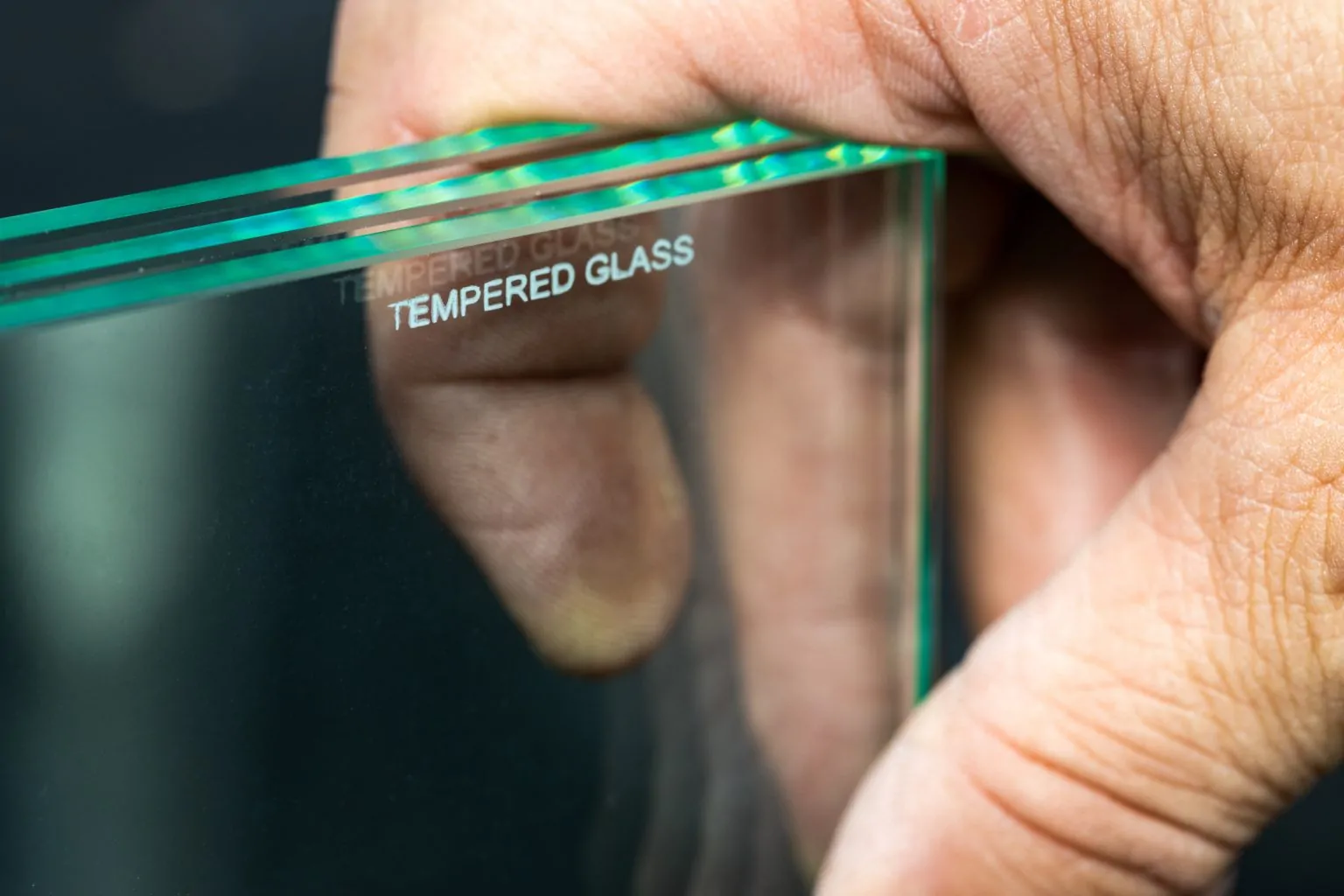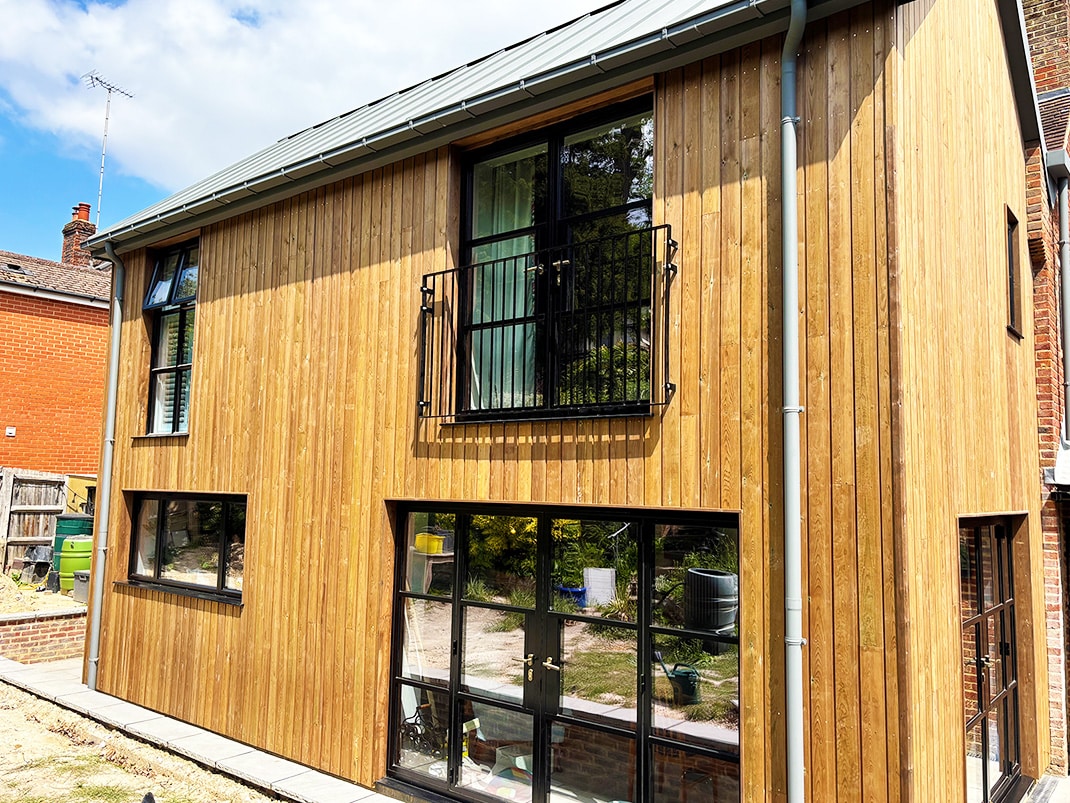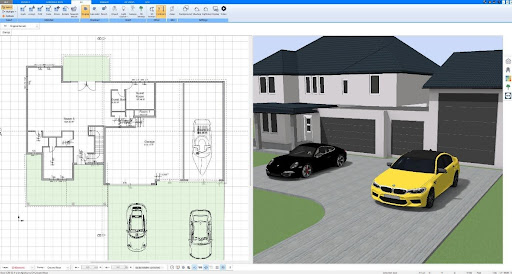Appropriate lighting at construction sites is a key element of safety, just like the tools and protective gear used by workers. It enhances visibility during night hours, reducing the risk of accidents for workers as well as passersby in busy areas.
LED lighting has revolutionized the industry with its longer lifespan, energy efficiency, and environmental benefits. LED lights are designed to be reused, which results in energy, material, and labor savings for each project. Good quality industrial grade LED lights can last for up to five years, operating continuously.
By switching to LED, significant savings can be achieved, as electricity rates continue to increase and onsite lighting runs continuously. LEDs also provide broader coverage with 80% lower energy consumption.
One LED light can illuminate the same area as a 250-foot stretch of string lights, reducing installation and maintenance logistics from 25 lights to one. Some LED designs are plug-and-play, requiring less wiring work, and are easy to move around as the jobsite
There is a wide array of lighting fixtures suitable for various construction tasks. Light towers, a common fixture in construction sites, are versatile and can illuminate large areas. They are usually equipped with an adjustable mast, a generator, and a group of lights that can rotate 360 degrees.
Recent advancements have led to the development of solar-powered light towers, which can operate for up to 36 hours without generators, making them easy to move.
LED floodlights, in particular, can provide optimal visibility for dim construction sites, covering a wide area with their light beam.
High Mast Lights are semi-permanent installations that can cover large areas. They consist of a luminaire ring, typically made up of four to eight lights, supported by a light pole as tall as 100 feet.
Nite Lights, another recent innovation for construction sites, are made of 400-watt metal halide lamps covered by a diffusing cloth, creating a softer light effect while still providing adequate illumination.
Balloon Lights, which are usually positioned at workstations or mounted onto equipment or vehicles, are covered with light-diffusing material and inflated with air or helium.
OSHA Construction Lighting Standards
The Occupational Safety and Health Administration (OSHA) has established specific standards to ensure construction site lighting is adequate. According to OSHA standard 29 CFR 1926.56, certain minimum requirements, expressed in foot-candles, must be met to facilitate safe navigation and hazard avoidance on site.
Although the term ‘foot-candle’, which is a measure of light intensity from a candle falling on a square foot area one foot away, might seem a bit old-fashioned, it can be simply translated to lumens per square foot.
OSHA standard 1926.56(a) lays out the minimum foot-candles required for different operational areas, including ramps, storage areas, runways, and work sites.
For example, general construction area lighting and indoor spaces like warehouses, corridors, and tunnels need five foot-candles, while areas like concrete placement, excavation, and waste areas need three foot-candles. More specialized areas like general shops, construction plants, and first aid stations require ten to thirty foot-candles.
For industrial zones not encompassed by OSHA standards, construction managers can consult the American National Standard A11.1-2965, R1970, which covers lighting in places like warehouses, shipyards, and loading docks.
In conclusion, effective construction site lighting depends not only on the type of fixture but also on the type of bulb. With strategically placed LED light fixtures throughout your construction site, meeting OSHA illumination standards should be a straightforward task.





